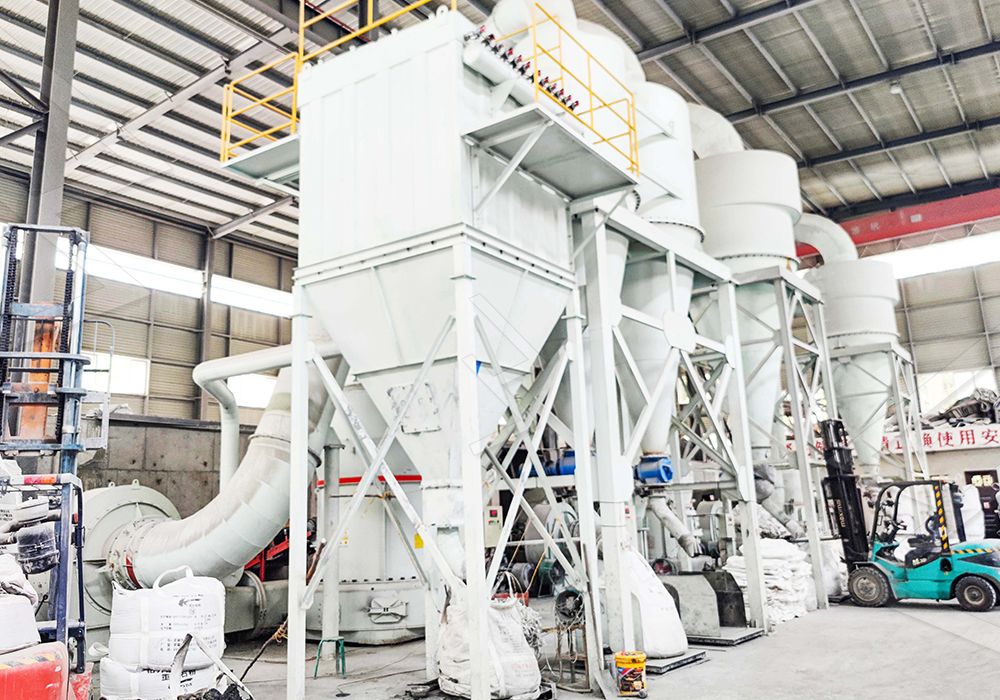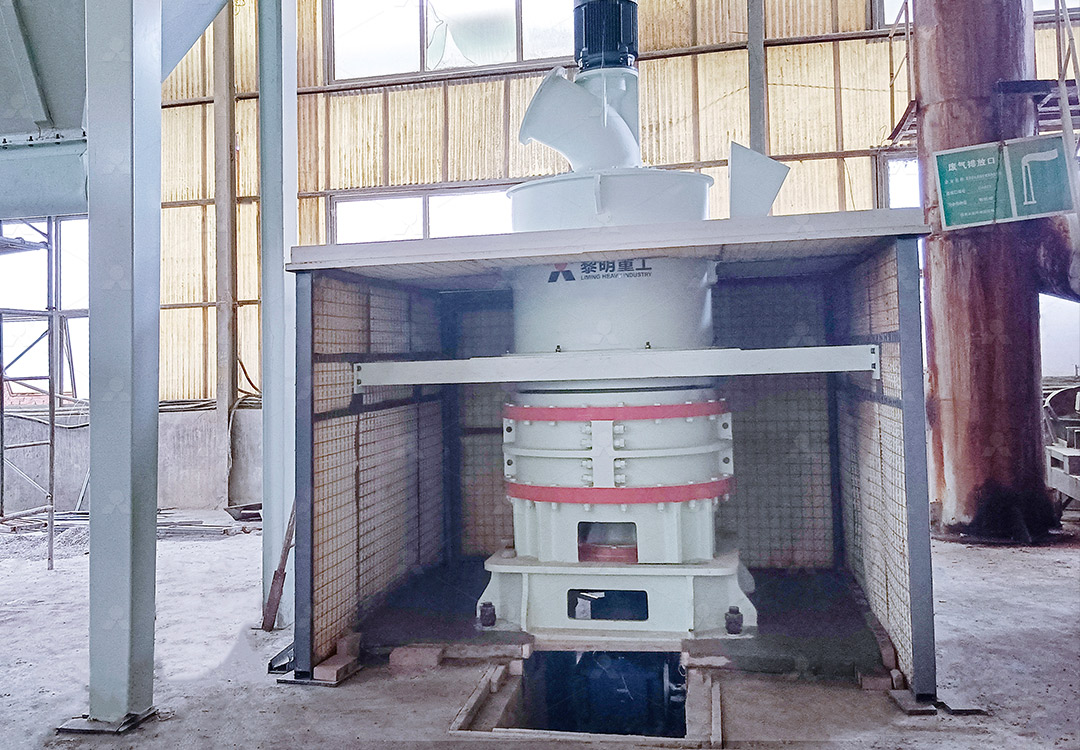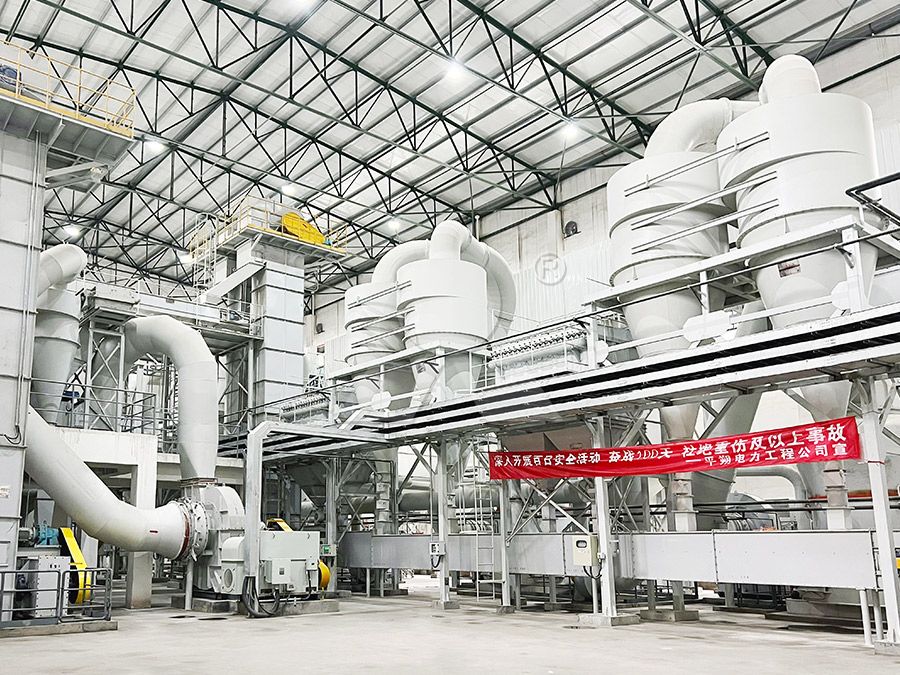Vertical Roller Mill for 220 Mesh Quicklime: 5TPH Production Line for Concrete Additives
Optimizing Concrete Additive Production with Advanced Grinding Technology
In the competitive world of concrete production, the quality of additives significantly impacts final product performance. For manufacturers seeking to produce 220 mesh quicklime at 5 tons per hour, selecting the right grinding equipment becomes paramount. This specific fineness requirement demands precision engineering and reliable operation to maintain consistent particle distribution for optimal concrete enhancement.

The transformation of raw quicklime into precisely graded powder involves multiple technical considerations. Particle size distribution directly affects the reactivity and performance of the quicklime as a concrete additive. At 220 mesh (approximately 74 microns), the material provides excellent workability and strength development in concrete mixtures while maintaining economic viability.
The Challenge of Consistent Fine Powder Production
Producing 220 mesh quicklime presents several technical challenges. The abrasive nature of quicklime demands wear-resistant components, while the need for precise particle control requires advanced separation technology. Traditional grinding systems often struggle with maintaining consistent output quality while managing energy consumption and operational costs.
For operations targeting 5TPH production capacity, system reliability becomes equally important as grinding efficiency. Downtime directly impacts supply chain consistency, making equipment selection a critical business decision. The ideal solution must balance production requirements with operational economics.
Advanced Grinding Solutions for Modern Requirements
After extensive research and field testing, our engineering team has identified the MW Ultrafine Grinding Mill as an optimal solution for 220 mesh quicklime production. This advanced mill system combines precision grinding with operational efficiency specifically suited for concrete additive manufacturing.

The MW Ultrafine Grinding Mill demonstrates exceptional performance in quicklime applications with its innovative design features. The system’s cage-type powder selector, incorporating German technology, provides precise control over final product fineness, easily achieving the required 220 mesh specification. With an adjustable range between 325-2500 meshes, operators can fine-tune output based on specific customer requirements.
What sets this system apart is its remarkable efficiency. Comparative studies show the MW mill delivers 40% higher production capacity than jet grinding mills and double the output of ball grinding mills at equivalent fineness and power consumption. More impressively, system energy consumption registers at just 30% of comparable jet grinding systems, representing significant operational savings.
Engineering Excellence in Daily Operation
The practical advantages of the MW Ultrafine Grinding Mill extend beyond technical specifications. The elimination of rolling bearings and screws within the grinding chamber addresses common failure points in traditional systems. This design innovation eliminates concerns about bearing damage or loose screws causing operational interruptions.
The external lubrication system enables maintenance without shutdowns, supporting continuous 24-hour operation essential for meeting production targets. Combined with the integrated pulse dust collector and noise reduction features, the system maintains environmental compliance while ensuring operator comfort.
For operations requiring slightly different parameters, the LUM Ultrafine Vertical Grinding Mill presents another compelling option. With its unique roller shell and lining plate grinding curve, the LUM mill generates material layers more effectively, achieving high rates of finished product through single-pass milling. The PLC control system and multi-head powder separating technology provide exceptional control over grinding parameters.

Implementation Considerations
Successful integration of a 5TPH quicklime production line requires careful planning. The complete system typically includes jaw crushers for initial size reduction, bucket elevators for material handling, vibrating feeders for consistent flow, and pulse dust collectors for environmental protection. Proper system design ensures smooth material flow from raw input to finished product packaging.
Operation at the target 5TPH capacity demands attention to feed consistency and moisture content. The MW mill’s tolerance for materials up to 20mm input size provides flexibility in upstream processing, while the integrated drying capability handles typical moisture variations in quicklime feedstocks.
Frequently Asked Questions
What makes the MW Ultrafine Grinding Mill suitable for 220 mesh quicklime production?
The MW mill’s advanced powder selection system specifically addresses the precision requirements for 220 mesh production. The German-technology cage-type selector ensures accurate particle classification, while the optimized grinding curve maximizes efficiency for quicklime’s specific characteristics.
How does the system maintain consistent quality at 5TPH output?
Through precise control of grinding pressure, rotation speed, and separation parameters, the MW mill maintains tight particle distribution. The stable material bed formation and consistent feeding mechanism prevent quality fluctuations during continuous operation.
What are the primary maintenance requirements for this application?
The MW mill’s design significantly reduces maintenance demands. The absence of internal bearings and screws eliminates common failure points. External lubrication allows for routine maintenance without production interruptions, while wear-resistant materials extend component life in abrasive quicklime environments.
How does the energy consumption compare to traditional ball mills?
Operational data indicates the MW system consumes approximately 30% of the energy required by equivalent ball mill systems for the same output. The efficiency gains come from optimized grinding mechanics and reduced mechanical losses through advanced design.
Can the system adapt to different fineness requirements if needed?
Absolutely. The adjustable powder selector enables quick changes between 325-2500 meshes, providing flexibility to meet varying customer specifications without equipment modifications. This adaptability makes the system valuable for operations serving multiple market segments.
